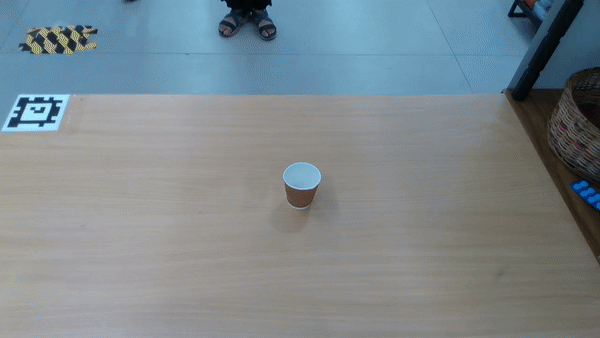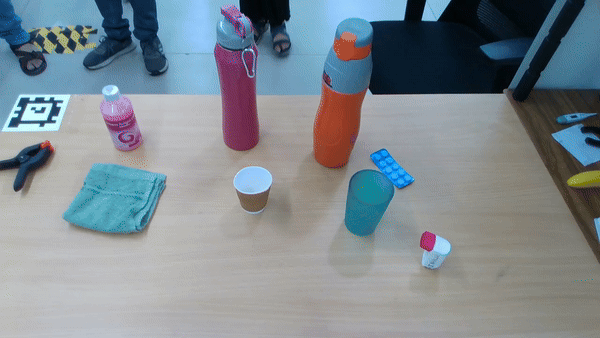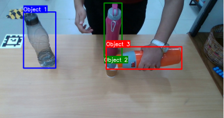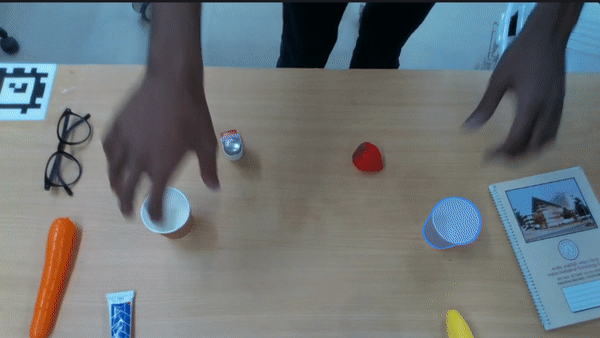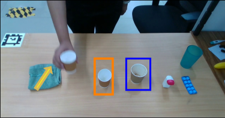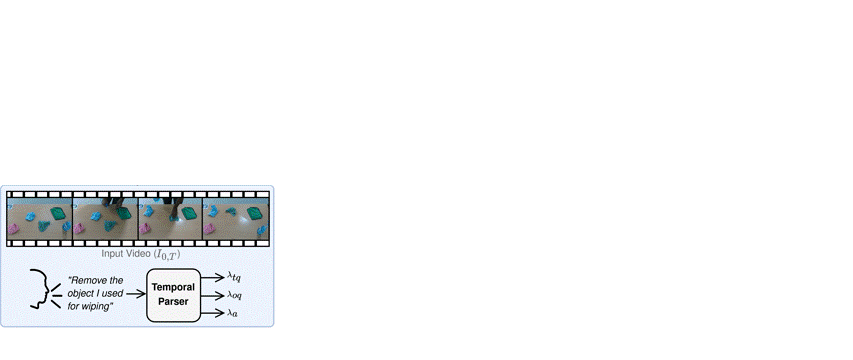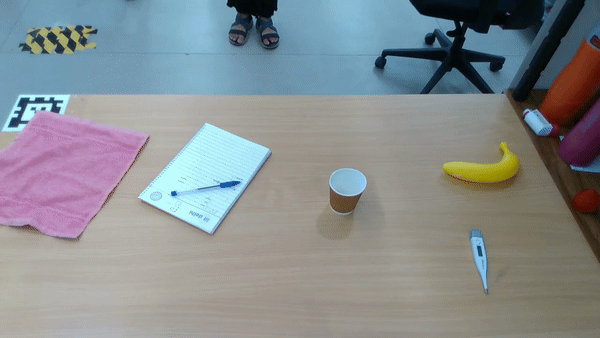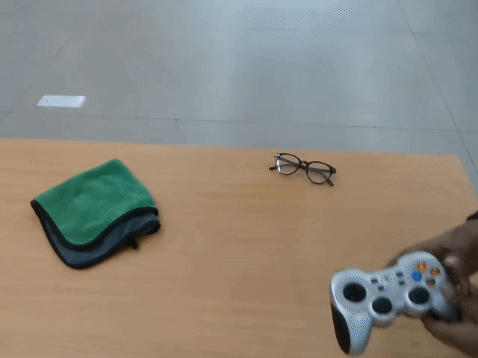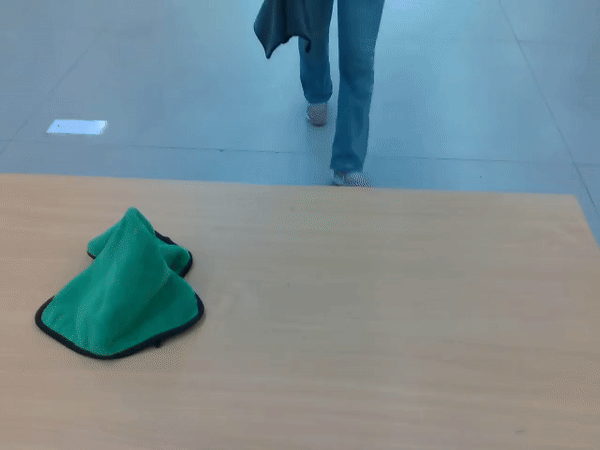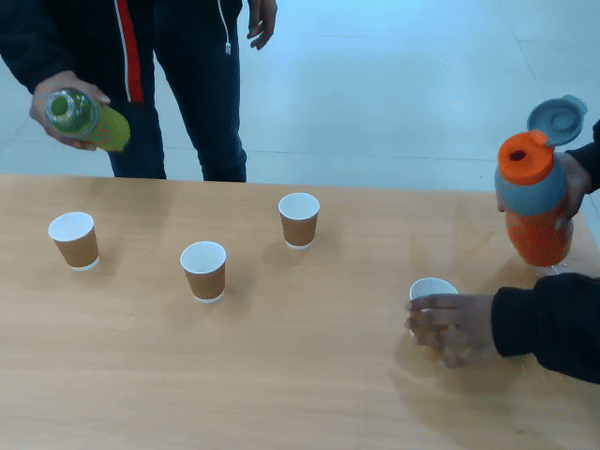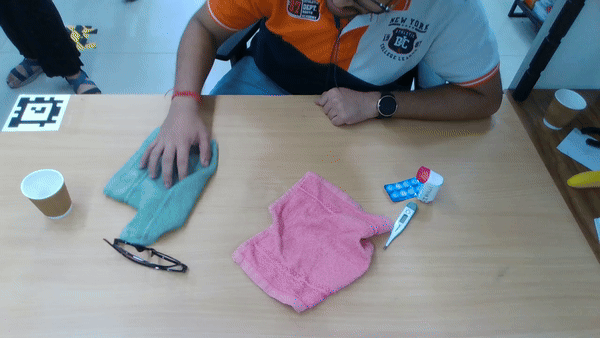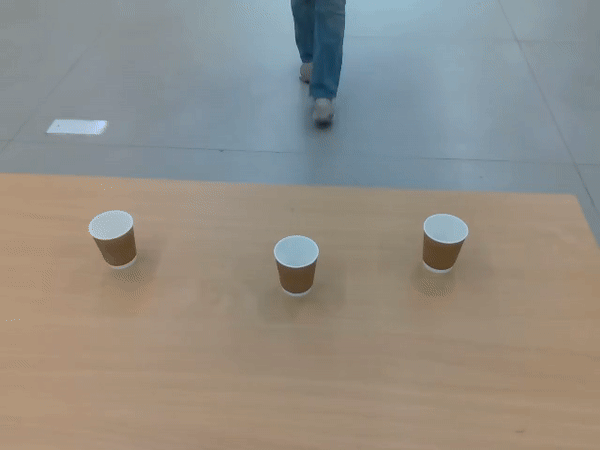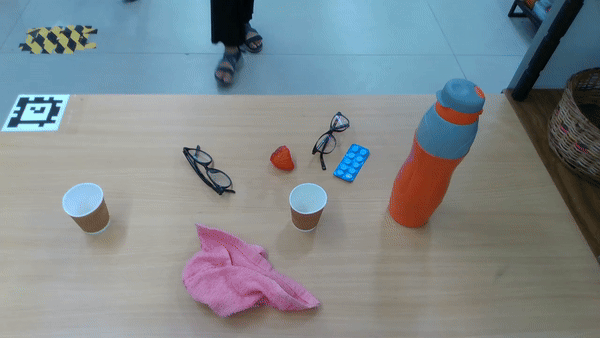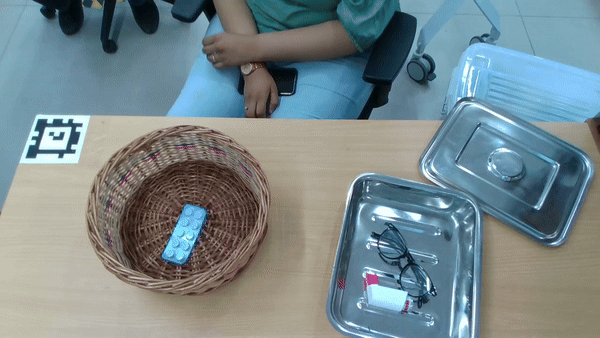References
1. [CogVLM2-video] Hong, Wenyi and Wang, Weihan and Ding, Ming and Yu, Wenmeng and Lv, Qingsong and Wang,
Yan and Cheng, Yean and Huang, Shiyu and Ji, Junhui and Xue, Zhao and others
CogVLM2: Visual Language Models for Image and Video Understanding
arXiv preprint arXiv:2408.16500, 2024.
2. [GPT-4] Achiam, Josh and Adler, Steven and Agarwal, Sandhini and Ahmad, Lama and Akkaya, Ilge and Aleman,
Florencia Leoni and Almeida, Diogo and Altenschmidt, Janko and Altman, Sam and Anadkat, Shyamal and others.
Gpt-4 technical report
arXiv preprint arXiv:2303.08774, 2023.
3. [Grounding DINO 1.5 Pro] Tianhe Ren and Qing Jiang and Shilong Liu and Zhaoyang Zeng and Wenlong Liu
and Han Gao and Hongjie Huang and Zhengyu Ma and Xiaoke Jiang and Yihao Chen and Yuda Xiong and Hao Zhang
and Feng Li and Peijun Tang and Kent Yu and Lei Zhang.
Grounding DINO 1.5: Advance the "Edge" of Open-Set Object Detection
arXiv preprint arXiv:2405.10300v2, 2024.
4. [SAM 2] Ravi, Nikhila and Gabeur, Valentin and Hu, Yuan-Ting and Hu, Ronghang and Ryali, Chaitanya and
Ma, Tengyu and Khedr, Haitham and R{\"a}dle, Roman and Rolland, Chloe and Gustafson, Laura and Mintun,
Eric and Pan, Junting and Alwala, Kalyan Vasudev and Carion, Nicolas and Wu, Chao-Yuan and Girshick,
Ross and Doll{\'a}r, Piotr and Feichtenhofer, Christoph
SAM 2: Segment Anything in Images and Videos
arXiv preprint arXiv:2408.00714, 2024.
